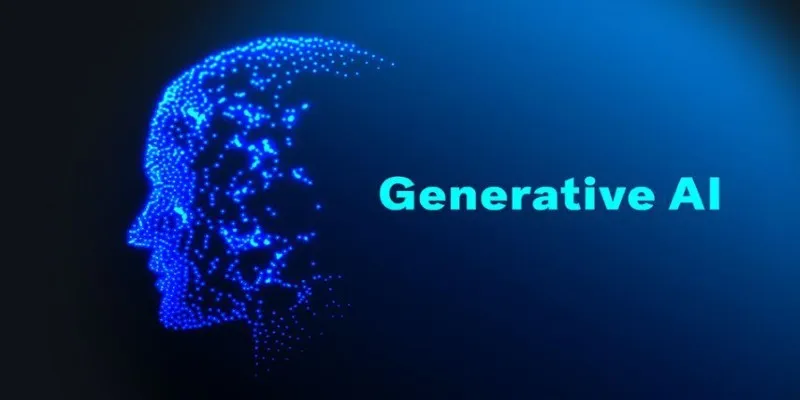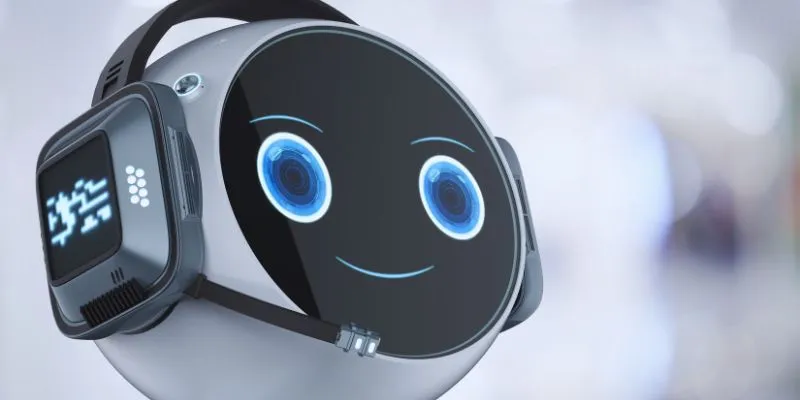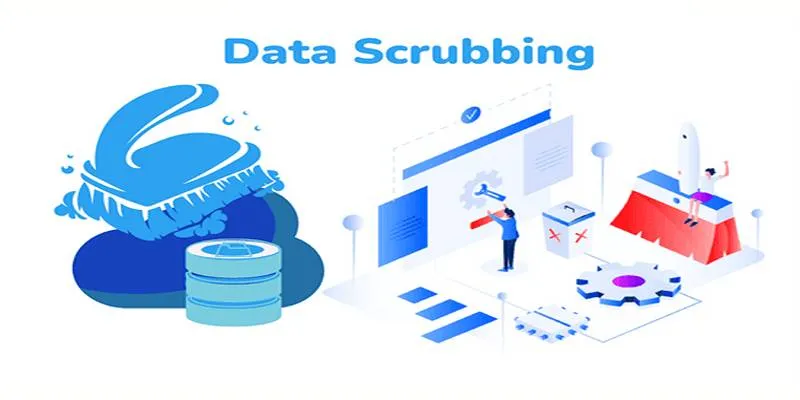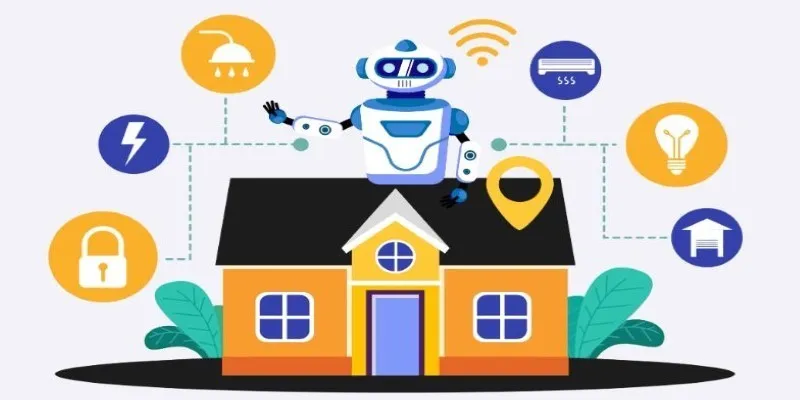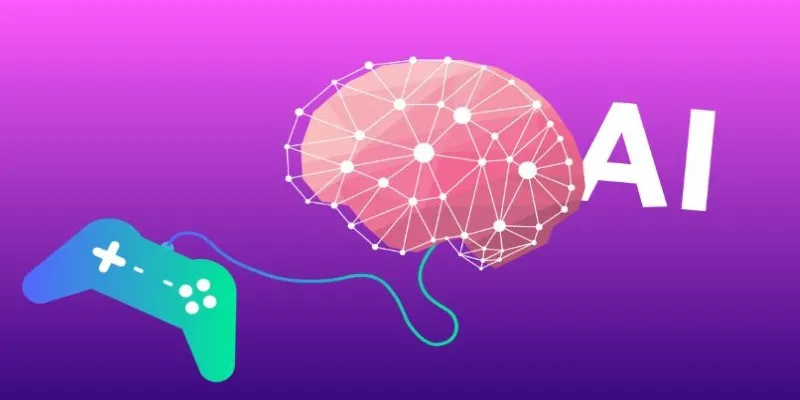Artificial intelligence (AI) is embedded in devices ranging from your phone to your car. However, not every AI is alike. Narrow AI, often referred to as weak AI, is the most common form. It is designed for specific tasks such as spam filtering or voice assistance but lacks the creativity to think beyond its programming. It operates based on human-designed patterns.
You may not always notice the daily assistance provided by narrow artificial intelligence. It powers maps, web searches, and even your email filters. This type of AI is rapid, effective, and task-oriented, but it cannot think, feel, or solve problems outside its designated scope. It lacks human flexibility and awareness. However, narrow AI simplifies life in many ways. It’s sophisticated yet basic, subtly supporting our daily digital interactions.
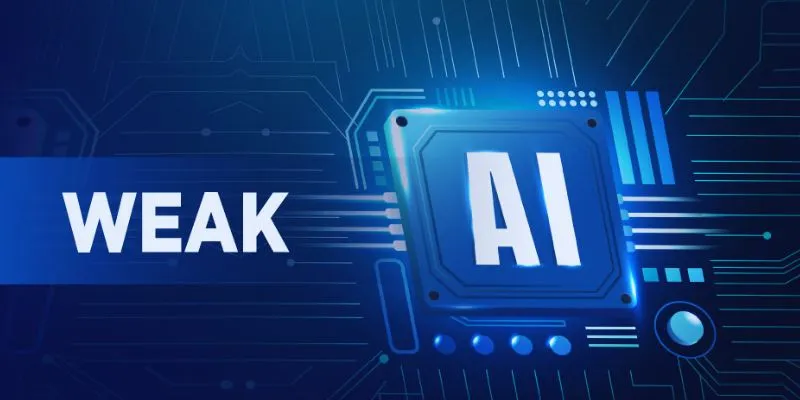
What Is Narrow AI?
Narrow artificial intelligence is a type of AI focused on a limited scope. It is trained for a specific task and, unlike most AI, cannot think, reason, or adapt like a human. Narrow AI operates strictly within its intended use and follows predefined guidelines. If tasked with something outside its scope, it fails to comprehend. It rapidly solves straightforward, targeted challenges using algorithms and data but doesn’t respond by understanding reality; it relies on learned information.
Narrow AI does not form opinions or make autonomous decisions like humans. It is prevalent in search engines, voice assistants, and spam filters. By automating repetitive tasks, it saves time and proves efficient, though it lacks the flexibility and creativity of the human brain. Yet, this technology quietly and intelligently supports our daily lives, showcasing the real power of narrow AI today.

How Does Narrow AI Work?
Narrow AI is defined by data, rules, and machine learning. Initially, developers provide it with extensive data for analysis. It learns from patterns in this data, which then guide its decisions and actions. For example, a spam filter learns to identify spam by analyzing numerous emails. Once trained, it automatically blocks unwanted messages.
Some narrow AI applications employ machine learning to improve with more data. However, they cannot attempt new tasks or change their functions, remaining focused on their designated jobs. Humans must closely mentor, teach, and oversee narrow AI. Developers define its capabilities and review outcomes. If data quality declines, so does the AI’s performance.
Examples of Narrow AI in Daily Life
We frequently use narrow AI daily, often unwittingly. Here are some common examples:
- Voice Assistants: Siri, Alexa, and Google Assistant use narrow AI to process basic commands and answer simple questions, though they can’t engage in deep conversations.
- Spam Filters: Email programs use narrow AI to detect spam by identifying specific words, patterns, and suspicious senders, effectively blocking unwanted communications.
- Search Engines: Google uses narrow AI to analyze search patterns and deliver the most relevant results based on preferences and past activities.
- Navigation Apps: Apps like Google Maps use narrow AI to suggest optimal routes, avoid traffic, and provide real-time updates for better navigation.
- Streaming Services: Netflix and Spotify use narrow AI to enhance recommendations, suggesting content based on users’ viewing or listening behaviors and guiding their preferences.
- Smart Cameras and Security Systems: These devices effectively monitor environments using narrow AI for motion tracking , license plate scanning, and facial recognition.
Benefits of Narrow AI
Narrow AI offers significant advantages in both daily life and business. Let’s explore some key benefits:
- Saves Time: Narrow AI completes simple tasks quickly. Automating repetitive tasks saves people time and effort, allowing them to focus on more important duties.
- Reduces Errors: Unlike humans, machines don’t tire or get distracted. Narrow AI consistently handles tasks, reducing human error and ensuring more accurate results.
- Works 24/7: Narrow AI operates continuously without breaks, making it ideal for tasks that require constant attention or are time-sensitive.
- Cost-Effective: AI systems are often more affordable than hiring human workers for routine tasks, allowing companies to reduce labor costs while maintaining efficiency and quality.
- Improves Services: Narrow AI enhances the performance of many applications and utilities, smoothing user experiences. It maximizes services in customer service or product recommendations, ensuring better convenience and satisfaction.
Limits and Risks of Narrow AI
Despite its benefits, narrow AI poses risks and limitations that shouldn’t be overlooked. It can’t think independently and lacks creativity. It strictly adheres to its programming and can’t handle tasks outside its scope. If asked to do something different, it will fail. Bias in training data can lead to inappropriate or biased decisions. Hackers can target AI systems to steal or compromise crucial data. Job loss in some sectors is a significant concern.
Many fear that AI might eventually replace human labor over time. Narrow AI also lacks emotional understanding or awareness of the purpose behind its actions. It merely responds based on its training. While useful, it’s not as sophisticated as humans. Developers must regularly check and update these systems to ensure safety and efficacy. Understanding the risks guides us in using AI responsibly and wisely.
Conclusion
From voice assistants to navigation apps, many technologies we use daily operate on narrow AI, also known as weak AI. Although technology saves time and enhances efficiency, it’s limited to specific tasks and lacks human-like creativity or understanding. It presents risks, including job loss and security issues, despite its advantages. With proper development and monitoring, narrow AI is a powerful digital tool. Understanding its opportunities and limitations helps us use it responsibly and safely in a society increasingly driven by smart technologies.
 zfn9
zfn9




